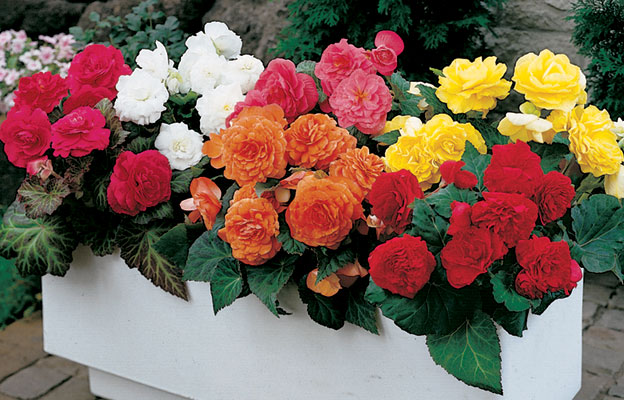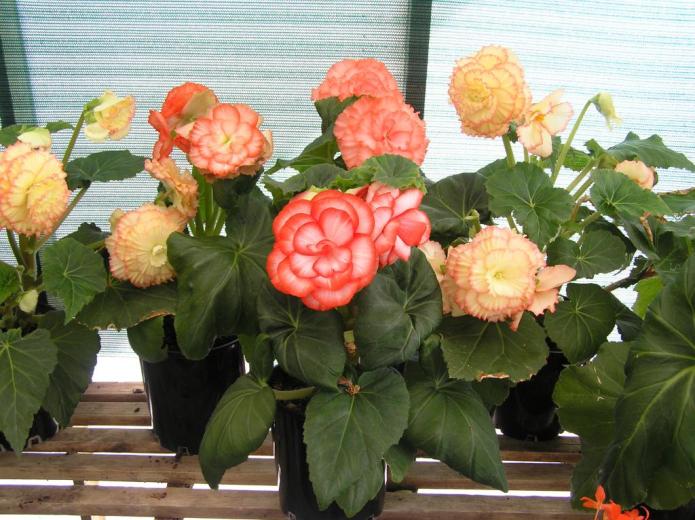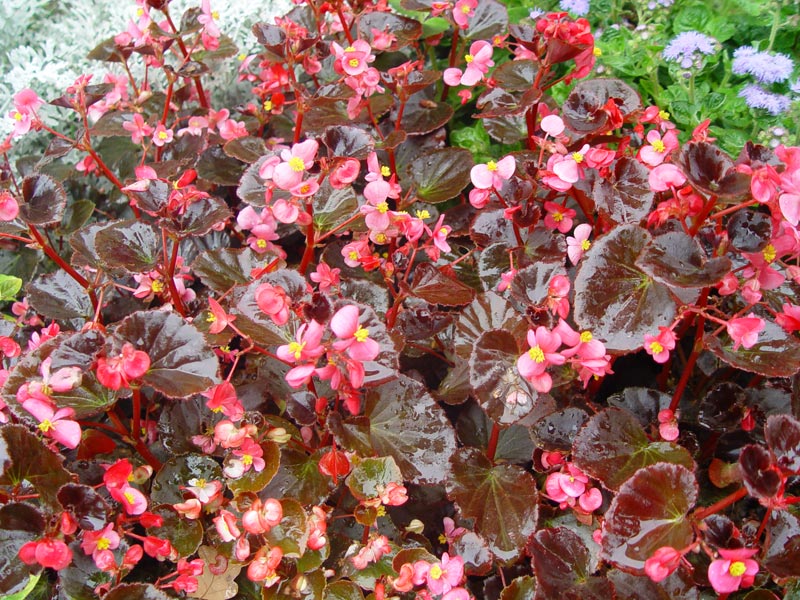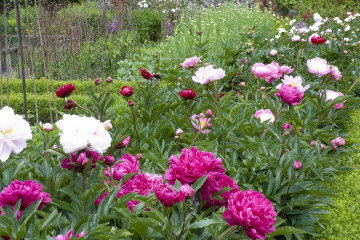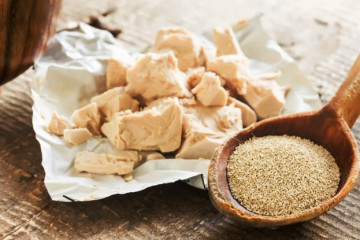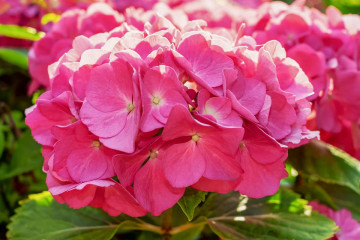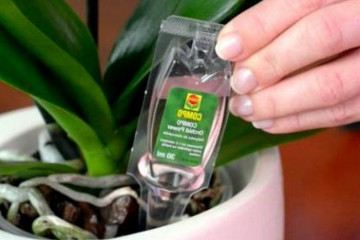How to feed begonia - types of fertilizers, application
Content:
One of the most popular ornamental flowering plants is begonia. This is a great option for landscaping a backyard or décor of living quarters. The flower feels good both outdoors and in a pot.
How to feed begonia at home
An ornamental flowering plant must be additionally fertilized. Most of all this is required for tuberous begonia. The flower is fed with nitrogen and phosphate-potassium fertilizers.
The most important substances for blooming buds are potassium and phosphorus. Fertilizers are used 2 times a month. Due to this, the number of buds increases, the flowering period lasts longer, and a healthy appearance of the flower is ensured.
Ornamental deciduous plants need fertilizers containing nitrogen or complex formulations. They are used only for deciduous varieties. As a result, the plant actively builds up its green mass, and the decorative effect of the leaves increases.
General rules for fertilization
At home, when fertilizing begonia, several factors should be considered:
- Light and temperature. The fastest assimilation of feeding will occur only when the plant is in good health. Begonia loves light and warmth, is afraid of sudden changes in temperature and drafts.
- Time. Fertilizers are best used in the evening or even at night, after dark.
- Water. The absorption of the necessary nutrients by the plant depends on the moisture content of the soil. It is best to water the flower a few hours before using the top dressing.
- Security. Fertilizing agents should not directly touch the plant. This can cause chemical burns.
- Moderation. Compliance with the amount and frequency of fertilization is required. Excess is just as detrimental to the plant as lack of nutrients.
Top dressing of begonias for abundant flowering and growth is carried out both by factory and folk remedies.
Fertilizers and feeding for growth
Spring is the period of awakening of begonias, then transplantation into pots into a new substrate is performed. Shoots begin to actively grow. The first feeding is relevant at this particular time. Ammonium nitrate should be chosen as fertilizer. Nitrogen and potassium agents stimulate the growth of shoots and the growth of green mass.
What and how often to feed for flowering
An indoor flower should bring aesthetic pleasure. The question of how to fertilize begonia for flowering becomes relevant. Ready-made products can be bought in the store, there are specially developed feed for these plants ("Begonia" or "Good Power").
The first element required for feeding is potassium. A weak solution of nitrate can be used.
In the summer, feeding the begonias should not stop.Complex fertilizers are used for home flowers. A popular combination remedy is Kemira Lux, which is used for both growth and lush flowering.
Frequency of use of fertilizers:
- The first feeding is done during budding.
- Further - every 2 weeks until rest.
Top dressing can be done more often, but you need to make a weaker solution. When the plant stops blooming, the last replenishment of nutrients is made.
Fertilization errors and their consequences
It is worth refraining from surplus. The increased fertilizer content contributes to a change in the composition of the soil, the plant's immunity decreases. Begonia begins to hurt, it is affected by pests. The flower may die.
Folk fertilization methods
Fertilizer for begonia can be prepared by yourself. Popular recipes:
- Yeast. Contain hormones cytokinins and auxins. They are necessary for the active growth of begonias. Their action: mineralization of organic substances and the production of phosphorus and nitrogen. Recharge is a solution of 1 g of dry yeast, 1 tsp. sugar and 1 liter of warm water. The mixture is infused for 3 hours. Before use, the solution is diluted with water in a ratio of 1: 5. The frequency of feeding the plant is no more than 5 times a year.
- Sugar. It is a direct source of glucose. Solution preparation: dissolve 1 tbsp in 1 liter of water. l. Sahara. You can immediately water the plant with the product. It is enough to repeat the procedure once a month.
- Tea brewing. Dry the used tea bag. During the transplantation of begonia, the tea leaves are mixed with the substrate in a 1: 3 ratio. After completing the planting of the plant, it is required to thoroughly water the soil.
- Citrus peel. Fruit peels are a storehouse of vitamins. Preparation: the peels from oranges, tangerines or lemons are poured with boiling water. The amount of peel is 80% of the capacity of a liter jar. The liquid is infused for 5 hours, then diluted with water in a ratio of 1: 5. The frequency of such fertilization should not exceed 1 time per month.
- Eggshell. A fertilizer solution for begonias with this product is used every month. It is prepared from eggshell powder, filled with water (ratio 1: 5). Infusion time - 15 days, stir every 3 days.
- Banana peel. The fruit rind is dried and ground into powder. It is used to sprinkle the soil from above, after which the plant is abundantly watered. The frequency of the procedure is monthly. The optimum effect is obtained by mixing the powder with the soil during the spring transplantation of the flower.
- Wood ash. A solution for irrigation is prepared from it. In 1 liter of water, dilute with 3 tbsp. l. mineral matter. The solution is allowed to brew for a week, the plant is watered once every 14 days.
Sophistication and amazing unpretentiousness distinguish begonia from other indoor plants. With a little effort, the plant will delight the eye with lush and fragrant flowers. Regular maintenance and use of fertilizers will ensure fast foliage growth, vibrant color and beauty of the plant.
